Yesterday was September 5. For a lot of you, it was the first day of school (welcome back, everyone!). But there was another significant milestone tucked away in there... far, far away.
It was the 40th anniversary of the launch of the Voyager 1 spacecraft. And while NASA has since launched thousands of crafts, including rockets, satellites, shuttles, space stations, and probes, Voyager 1 remains one of the most famous spacecraft of all time.
And it has also travelled farther from Earth than any craft in history!
A bold step beyond
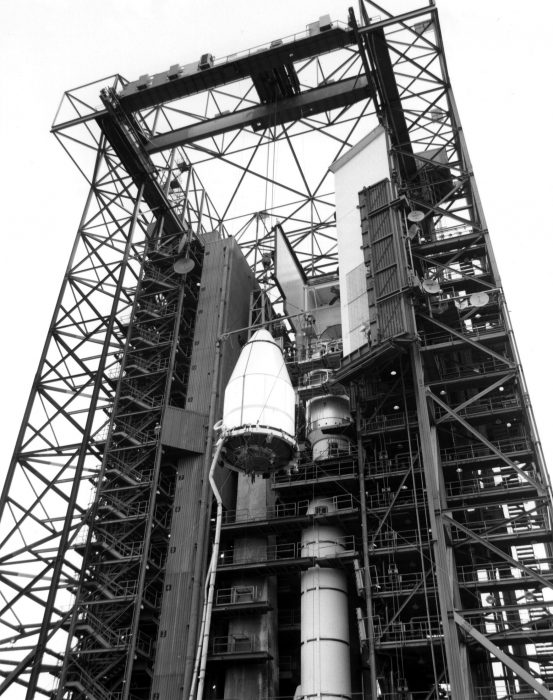
Lifting the space capsule containing Voyager 2 on top of the rocket that will launch it into space. (NASA/JPL-Caltech)
September 5, 1977, was the day when NASA aimed to reach deeper than ever into space. In the 1960s and early 1970s, the space agency's most famous achievements had been putting a human on the surface of the Moon (the Apollo program), and sending unmanned craft to Mercury, Venus, and Mars (the Mariner and Viking programs). While these achievements were amazing, the solar system beyond Mars was still mostly a mystery.
Telescopes told us that Jupiter, Saturn, Uranus, Neptune, and Pluto all existed. Astronomers even knew about the asteroid belt between Mars and Jupiter, as well as most of the moons that orbited these giant planets. But we'd never had a craft get close to them. The Pioneer 10 and 11, launched in 1972 and 73, broke this ground first by visiting Jupiter and Saturn.
Voyager aimed to journey even further.
We're twins!
Voyager 1 was actually the second of two crafts launched into deep space in the summer of 1977. On August 20, 1977, Voyager 2 got a jump on its twin on its way to becoming the first craft to visit Jupiter, Saturn, Uranus, and Neptune (it's still the only craft to visit these last two planets).
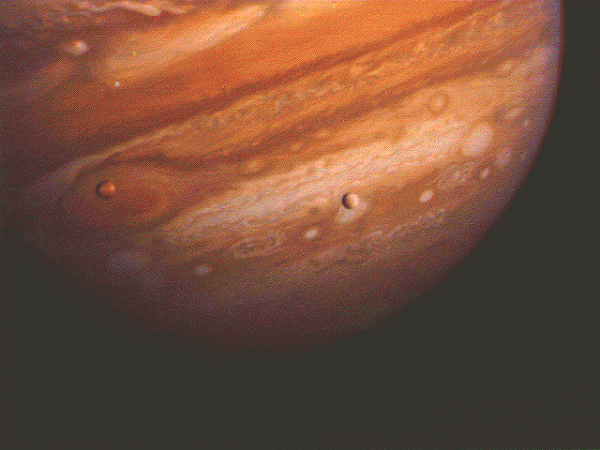
Jupiter and some of its moons as seen by Voyager. These images amazed both scientists and everyday people alike. (NASA/JPL-Caltech)
Then, Voyager 1 was launched to visit Jupiter, Saturn, and Saturn's very intriguing moon, Titan (more on why Titan is so amazing here). From erupting volcanoes on the moon Io (the first known outside of Earth) to stunning data about the atmospheres on these gas giants, the two crafts brought us closer than ever to our distant relatives.
And Voyager 1 also sent back reminders of how small our own world was in the universe.
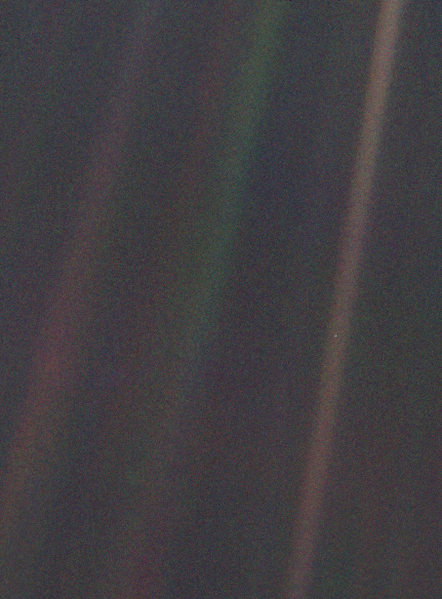
(NASA/JPL-Caltech)
This famous picture is called the Pale Blue Dot. See that teeny-tiny speck in the middle right of the photo within that brown band? That's us!
Farther and farther
By 1989, both crafts had completed these parts of their missions. But since they had plenty more fuel left, NASA kept them going, flying off to explore deeper and deeper into our solar system. Then on August 25, 2012, it happened. Voyager 1 entered what scientists called the interstellar medium. In other words, it officially left our solar system—the first craft ever to do so.
Eventually, Voyager 2 will follow it. And while the nuclear fuel on board each craft will only last for another 10 years or so, that only means that each craft will no longer be able to transmit data back to Earth. But the craft will never stop travelling.
Now that they are locked into a larger orbit of the Milky Way Galaxy itself, it will travel long after even the Sun burns out, orbiting the galaxy once every 225 million years!
And what if some alien civilization should find one of the Voyager crafts? Each one carries a copy of the Golden Record, which contains sounds of humans and life on Earth, as well as a map of where we are in the galaxy.
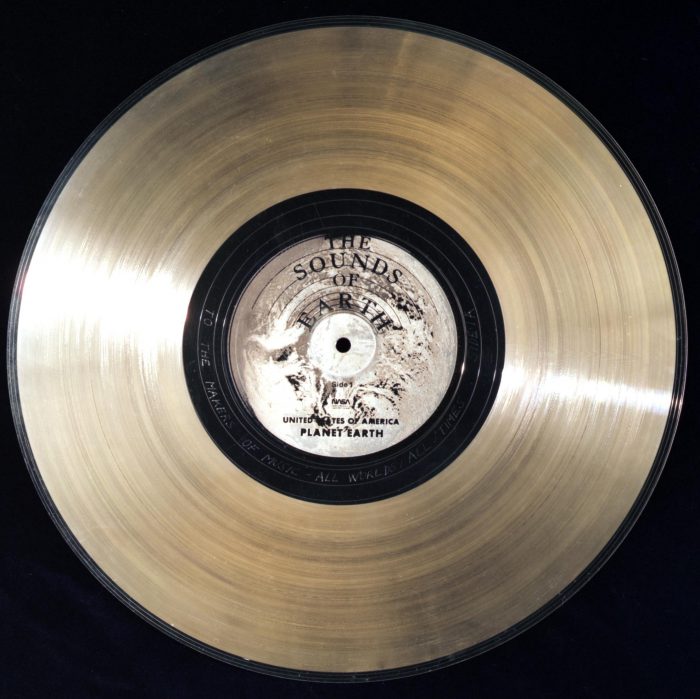
The Golden Record. There is a copy on each Voyager craft. (NASA/JPL-Caltech)
In a way, you could say that Voyager's mission has only just begun...
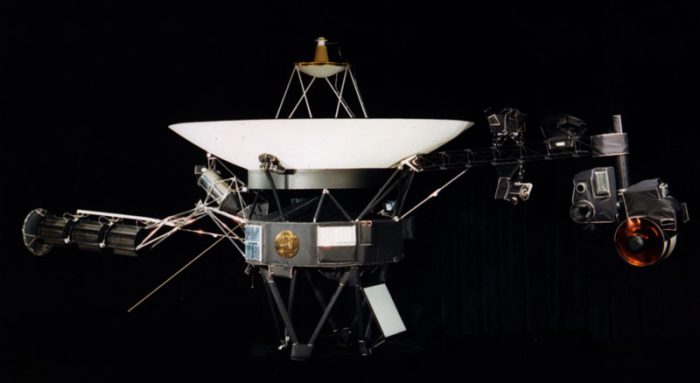 The Voyager spacecrafts literally changed how we saw the solar system. (NASA/JPL-Caltech)
The Voyager spacecrafts literally changed how we saw the solar system. (NASA/JPL-Caltech)










Amazing